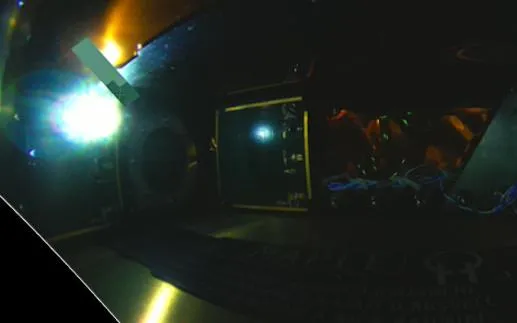Researchers Successfully Send Solar Energy from Space to Earth
Although the concept of transmitting solar energy from space has been around since 1968, it seems that scientists have finally achieved a successful experiment. The Space Solar Power Demonstrator (SSPD-1), a prototype created by a team of researchers from Caltech, has collected sunlight, converted it into electricity, and transmitted it to microwave receivers on a rooftop at Caltech’s Pasadena campus. The experiment also demonstrates that the SSPD-1 can withstand the journey to space and the harsh conditions of the space environment, as it was launched on January 3.
“As far as we know, no one has ever demonstrated wireless power transmission in space, even with very expensive rigid structures. We are doing it with flexible, lightweight structures and our own integrated circuits. This is a first,” said Ali Hajimiri. professor. electrical engineering, biomedical engineering and director of Caltech’s Space Solar Power Project (SSPP), in a press release issued Thursday.
The experiment, fully known as the Microwave Array of Low Energy Transfer Orbiting Experiment (or MAPLE for short), is one of three research projects carried out on SSPD-1. According to Caltech, the effort involved two separate arrays of lightweight microwave receivers and transmitters using custom chips. The team added in a press release that the gear assembly was designed to reduce the amount of fuel needed to send it into space, and that the design also needed to be flexible enough to fold the transmitters onto the rocket.
Space-based solar power has long been something of a holy grail in the scientific community. Although expensive in its current form, this technology holds the promise of limitless renewable energy, with solar panels in space capable of harvesting sunlight regardless of the time of day. The use of microwaves to transfer energy also means that Cloud Cover does not cause interference, Nikkei points out.
Caltech’s Space Solar Project (SSSP) isn’t the only team trying to make space solar power a reality. Late last month, a few days before Caltech’s announcement, Japan’s space agency JAXA announced a public-private partnership aimed at sending solar energy from space by 2025. The leader of the project, a professor at Kyoto University, worked in space – solar energy based on solar energy. power since 2009. Japan also made its own breakthrough almost a decade ago in 2015, when JAXA researchers sent 1.8 kilowatts of power – about enough power for a kettle – over 50 meters to a wireless receiver.
The Space Solar Project was founded in 2011. In addition to MAPLE, SSPD-1 is used to assess which cell types survive most effectively in the conditions of space. The third experiment, known as the Deployable In Orbit Ultralight Vehicle Experiment (DOLCE), is a six-foot-by-six-foot structure that “demonstrates the modular spacecraft architecture, packaging system, and deployment mechanisms,” according to Caltech. It has not been published yet.




